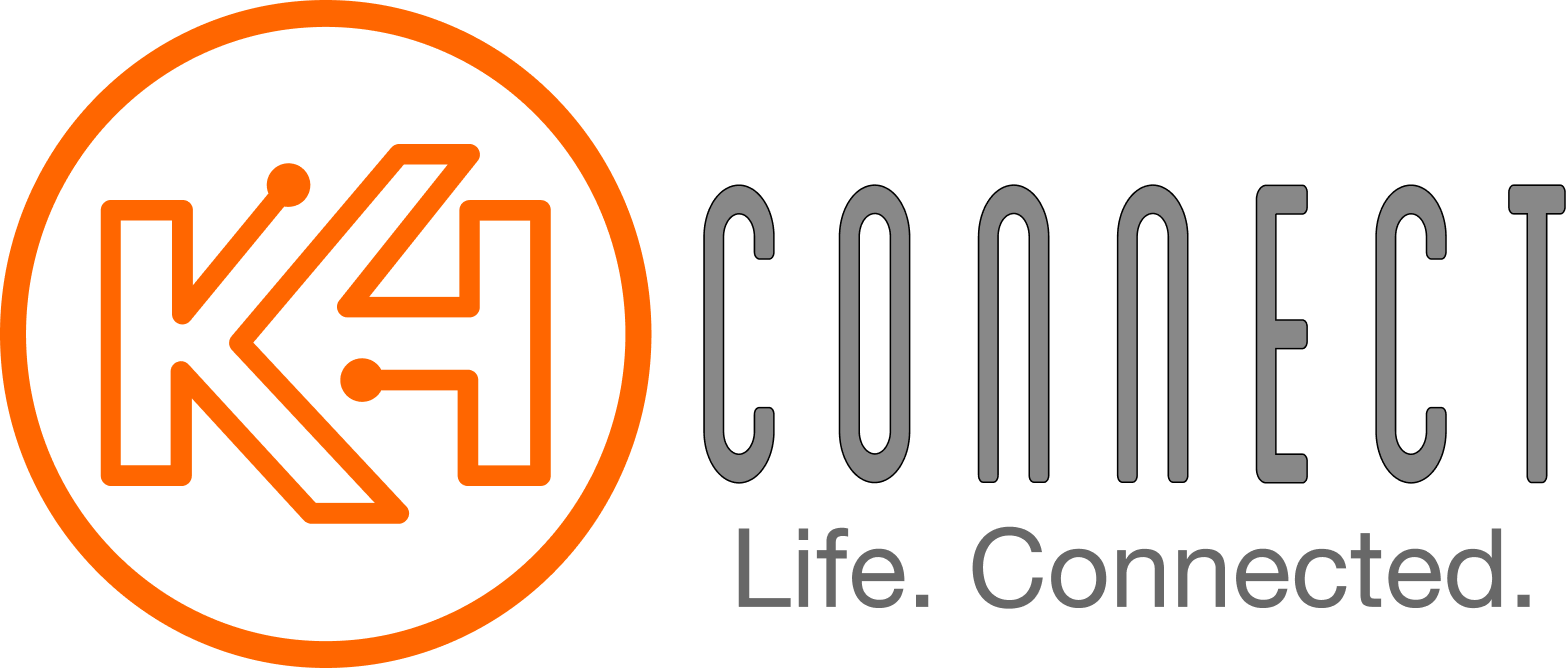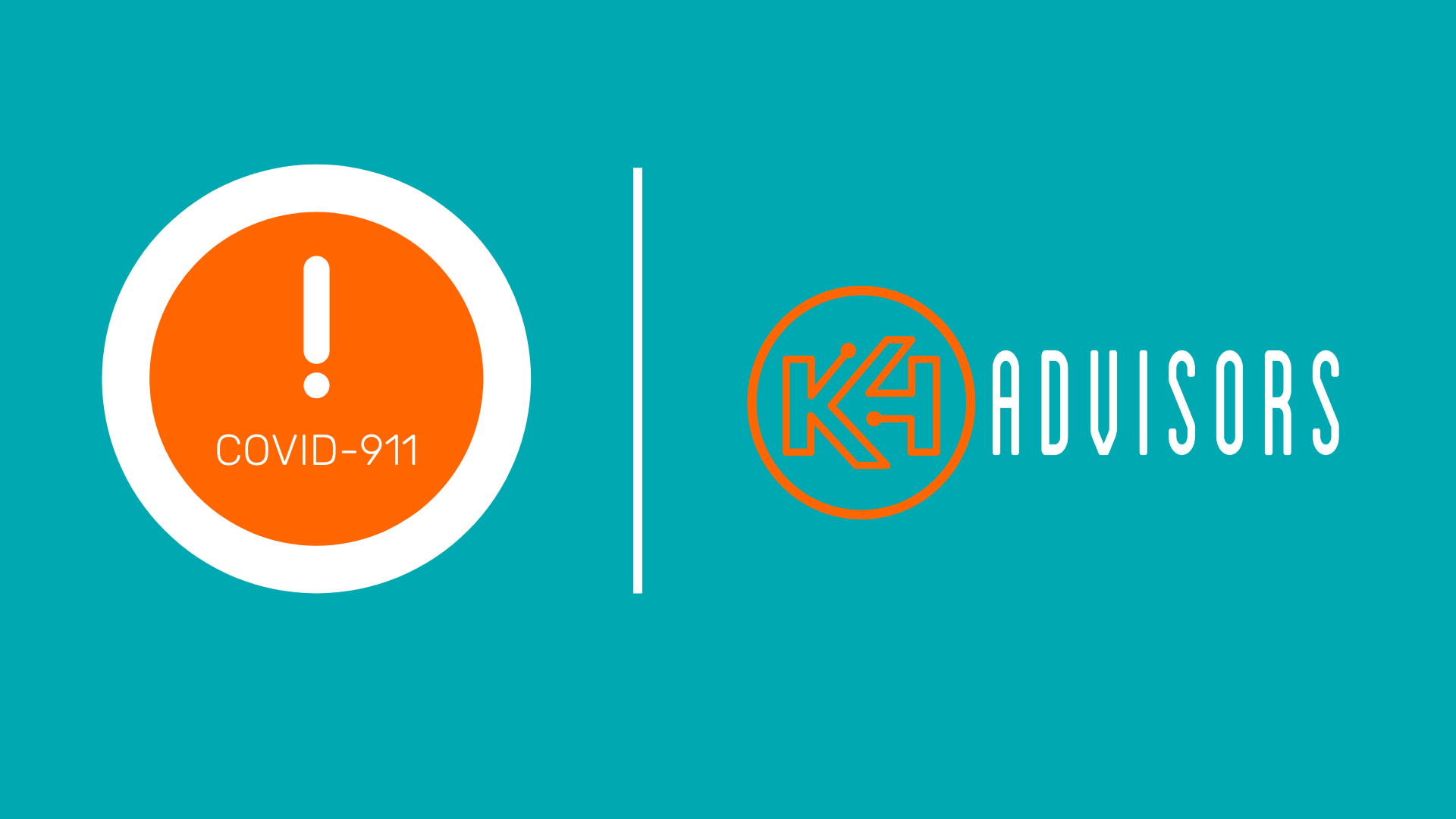“We may not have all the answers yet, but we do know the big categories of a ‘back to normal’ project plan.”
By: Cindy Phillips | Managing Partner, K4Advisors
April 9, 2020
We are about a month into the COVID-19 pandemic, and we are already seeing unparalleled levels of fatigue, fear, and predictions for loss of life that are hard to wrap your head around, nevertheless your heart.
It is no more evident than on the front lines of any senior care provider, the caregivers are facing untold levels of exhaustion, painful separation from family, and sheer burnout at both a physical and an emotional level. The leaders of those organizations are facing equivalent pressure to think clearly, make decisions quickly and focus their attention on the right priorities.
“If there’s one thing people agree on….it’s we can’t do this forever,” said Laurie McGinley and William Wan a few days ago in a Washington Post article.
It feels as if the days are running together, now referred to as COVID time. Our pace has felt like a sprint, but we know it’s a marathon, unfortunately, one without a clear finish line. The amount of information we need to process daily continues to grow, and the range of emotions we are asked to manage is simply overwhelming. Yet we are told this is far from over, with hints at this time of extending the stay-at-home orders from the end of April to June 1st across many states.
I’ve never run a marathon, but I assume it is easiest in the first third, harder in the middle (peaking at “the wall”), and hopefully at least mentally easier in the final third. The tough part for all of us right now is knowing whether we’ve hit the wall yet.
I think it depends on where you live. Maybe in New York, that is exactly where they are, looking for some support or strength to keep going. In North Carolina, where I live, I don’t think we’ve gotten there yet. For the sake of this article, I will assume for most of us, it will get worse before it gets better (see data analysis by state.)
So how can you prepare yourself, your team, and of course your residents for the rest of this marathon called COVID-19?
My doctoral research focused on how some people handled adversity and obstacles successfully, while others didn’t. I collected the actual strategies they used to get through it, often leading them to come out even better on the other side. Two of those strategies seem most relevant here. One, broadly define your goals. This approach provides flexibility in reaching the goal and avoids a sense of failure simply from starting with a rigid definition of success.
As a Senior Living executive, my suggestion is to start defining what “back to normal” will mean for your community.
That will look different in every community, but one important point is that it won’t be a switch to a new normal, it will involve many smaller steps and the deliberate peeling back of layered restrictions. It will be a complex process, and with much of it driven by CDC guidelines (maybe CMS) for independent living and nursing facilities.
“People want to understand when current lockdowns and restrictions will lift, and normal life starts to return. When will we begin to defeat #COVID19. There is an end to this. We need to define it,” Dr. Scott Gottlieb, former head of the FDA, recently shared via Twitter on March 21, 2020.
However, residents (and staff) are likely to struggle with this definition. The reality that it will not happen overnight. So, it is important to start this messaging now and began to explain the various steps that will free them from the onerous quarantine and safety protocols.
We may not have all the answers yet, but we do know the big categories of a back to normal project plan:
- Definition of Outbreak Peak,
- Screening & Testing Protocols
- New Cleaning Procedures
- Community Access to Various Levels of Care
- On-Going Visitation Policies
- Admissions and Move-In Policies
- Re-Opening of Dining & Restaurants, Activities, etc.
Seeding this discussion now will help these stakeholders begin the buy-in process.
The second of the two strategies is to approach things incrementally, allowing for small victories along the way and agility for when things change. Back to our marathon analogy, it is not a coincidence that the Rock-n-Roll series has a celebration at each mile. It is a reminder to be celebrating each day that you are keeping residents and staff safe, working to deliver or serve thousands of meals, and reaching dozens of residents with virtual activities and especially through the religious holiday events.
In addition, the back to normal project plan will be another opportunity to show key milestones, track progress and enable people to see the finish line come into view. It is proven that people are more patient and understanding when they see the process and the steps to the goal.
On a Leading Age-North Carolina call this week we were once again reminded that we will get through this with communication, communication, communication. The two strategies outlined above are all about how we do that. At K4Connect, we live at the intersection of technology, communication, and engagement. I am hopeful this approach will help you in crafting your message and a tool like K4Community will make sharing it the easier part.

